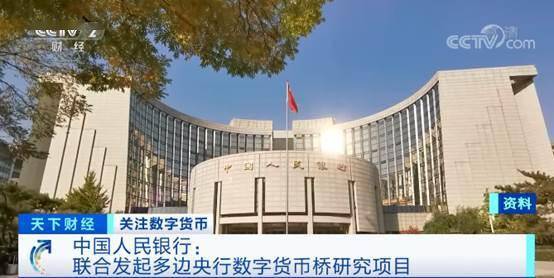The cryptocurrency landscape is in perpetual flux, a dynamic ecosystem where fortunes are made and lost on the whims of market sentiment and technological advancements. In 2024, the quest for profitability in Bitcoin mining hinges, more than ever, on efficiency. As mining difficulty continues its relentless ascent, squeezing margins, the spotlight is firmly fixed on low-energy Bitcoin mining hardware. This isn’t just about saving money on electricity bills; it’s about survival in a fiercely competitive arena.
Bitcoin, the grandfather of cryptocurrencies, remains the dominant force, dictating the rhythm of the entire market. But the energy-intensive nature of its proof-of-work consensus mechanism has long been a point of contention. Older mining rigs, once profitable, are now relegated to the dustbin of obsolescence, guzzling power while contributing a pittance to overall hashing power. The future belongs to miners who can leverage cutting-edge hardware designed for optimal energy efficiency.

The allure of alternative cryptocurrencies, like Dogecoin and Ethereum (though Ethereum has transitioned to proof-of-stake), can be tempting. Dogecoin, with its meme-fueled origins, enjoys periods of explosive growth, presenting fleeting opportunities for quick gains. However, its profitability is often highly volatile and heavily reliant on social media trends. While Ethereum’s transition to a proof-of-stake consensus mechanism significantly reduced its energy consumption, the ecosystem still relies on robust infrastructure and decentralized technologies, and there’s a lingering interest in alternative mining options within the community.
Mining farms, once the exclusive domain of deep-pocketed investors, are becoming increasingly democratized. Innovations in hardware and cooling technologies have lowered the barrier to entry, allowing smaller operations to compete. However, efficient energy management remains paramount. Strategic partnerships with energy providers, exploration of renewable energy sources (solar, wind, hydro), and implementation of advanced cooling solutions (immersion cooling) are essential for maintaining profitability and minimizing environmental impact. The location of the mining farm is also critical, with areas boasting low electricity costs and favorable climates offering a significant advantage.
The heart of any mining operation is the miner itself – the ASIC (Application-Specific Integrated Circuit) chip. These specialized processors are designed solely for the purpose of performing the SHA-256 hashing algorithm, the cryptographic function underpinning Bitcoin. The efficiency of an ASIC is measured in terms of its hash rate per watt (e.g., TH/s per watt). The higher the hash rate per watt, the more profitable the miner. Leading manufacturers are constantly pushing the boundaries of semiconductor technology, striving to develop more powerful and energy-efficient ASICs.
Beyond the ASIC chip, the mining rig encompasses the entire hardware setup – the power supply, cooling system, and chassis. A well-designed mining rig optimizes airflow, dissipates heat effectively, and ensures stable operation. Overclocking, the practice of pushing the ASIC beyond its factory-set clock speed, can potentially increase hash rate, but it also increases power consumption and heat generation, requiring careful management to avoid damage and instability. The choice of power supply is also critical, as an inefficient power supply can waste significant energy.
The role of exchanges cannot be ignored. They provide the crucial link between mining and profitability, allowing miners to convert their mined Bitcoin into fiat currency or other cryptocurrencies. The choice of exchange can impact profitability through fees, trading volumes, and liquidity. Miners often diversify their exchange holdings to mitigate risk and take advantage of arbitrage opportunities.
The convergence of technological innovation and economic pressures is driving a relentless pursuit of energy efficiency in Bitcoin mining. Low-energy hardware is not merely a desirable feature; it is a necessity for survival. Miners who embrace these advancements, coupled with strategic energy management and access to favorable exchange rates, are best positioned to thrive in the ever-evolving cryptocurrency landscape.

In conclusion, maximizing returns in Bitcoin mining in 2024 is a multifaceted challenge. It requires a deep understanding of cryptocurrency markets, a keen eye for technological advancements, and a commitment to sustainable energy practices. The future belongs to the informed, the agile, and the efficient.





Leave a Reply